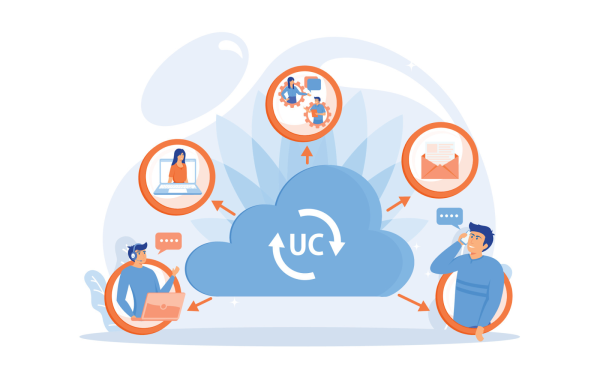What is Sales Automation? Everything You Need to Know

Sales automation is a powerful strategy that uses technology to streamline and improve various aspects of the sales process.
Automating routine tasks enables sales teams to focus more on building relationships and finalizing deals, increasing productivity and efficiency.
Here, we will explore everything you need to know about sales automation, from its basic principles to its advanced applications and the tips to choose the solutions for sales automation.
What is Sales Automation?
Sales automation refers to the use of software and technology to automate the sales process. This includes tasks such as lead generation, contact management, sales forecasting, and follow-up communications. The goal is to minimize manual efforts, reduce errors, and ensure that the sales team can focus on high-value activities.
Key Components of Sales Automation
-
Lead Management
Automates the process of capturing, tracking, and nurturing leads from various sources.
-
Contact Management
Maintains a centralized database of customer information, facilitating easy access and updates.
-
Sales Forecasting
Uses historical data and predictive analytics to project future sales and identify trends.
-
Email Automation
Sends personalized emails at scale based on triggers such as customer behavior or sales milestones.
-
Task Management
Assigns and tracks tasks within the sales team, ensuring timely follow-ups and accountability.
Benefits of Sales Automation
1. Increased Efficiency
Sales automation eliminates repetitive tasks, freeing up valuable time for sales representatives. This allows them to focus on more strategic activities like prospecting and closing deals.
2. Improved Accuracy
Automated systems reduce the risk of human error, ensuring that data is consistently accurate. This is crucial for maintaining reliable customer records and making informed business decisions.
3. Enhanced Customer Experience
Automation enables personalized communication at scale. By responding promptly to customer inquiries and providing relevant information, businesses can improve customer satisfaction and loyalty.
4. Better Data Management
Centralized databases and automated data entry ensure that all customer interactions are recorded and easily accessible. This provides valuable insights into customer behavior and preferences.
1. Understand Your Sales Process
Before diving into the selection process, it’s crucial to have a clear understanding of your existing sales process. Identify the key stages of your sales funnel, from lead generation to closing deals, and pinpoint the areas where automation can have the most significant impact.
2. Define Your Objectives
Outline what you aim to achieve with sales automation. Common goals include:
- Increasing lead generation
- Enhancing lead nurturing
- Improving sales forecasting
- Reducing manual data entry
- Streamlining communication with prospects and customers
Having clear objectives will help you narrow down the options and focus on solutions that align with your business needs.
3. Identify Essential Features
Different solutions offer various features. Some essential features to consider include:
- Lead Management: Tools that can capture, score, and nurture leads effectively.
- Customer Relationship Management (CRM): A robust CRM system to manage customer interactions and data.
- Email Automation: Automated email marketing and follow-up capabilities.
Sales Analytics: Advanced analytics to provide insights into sales performance and customer behavior.
- Integration Capabilities: The ability to integrate with your existing systems, such as ERP, marketing platforms, and other business tools.
4. Consider Ease of Use
A solution should be user-friendly and intuitive. If the software is too complex, your sales team may resist using it, negating its potential benefits. Look for solutions with a clean interface and easy navigation.
5. Evaluate Scalability
Choose a solution that can grow with your business. It should be able to handle an increasing volume of data and users as your company expands. Scalability ensures that you won’t outgrow the software in a few years.
Conclusion
Sales automation streamlines the sales process by leveraging technology to automate repetitive tasks, improve accuracy, and enhance customer experiences. By understanding your sales process, defining objectives, identifying essential features, and ensuring ease of use and scalability, you can choose the right solutions for sales automation, ultimately boosting productivity and efficiency in your sales operations.


